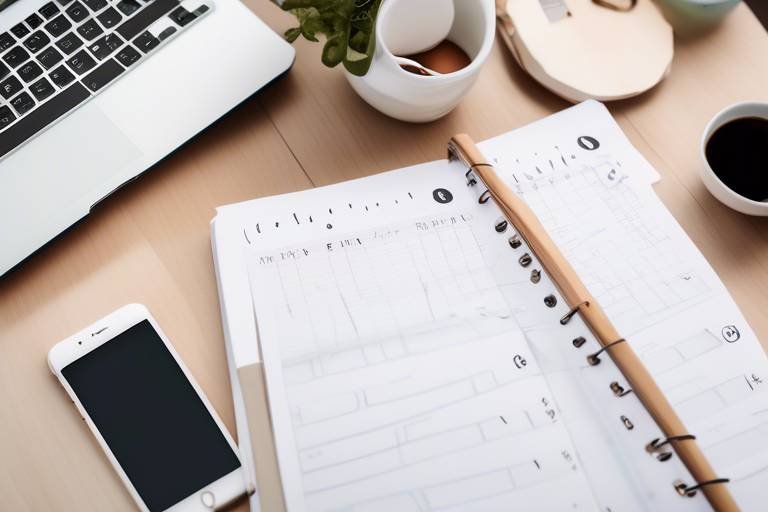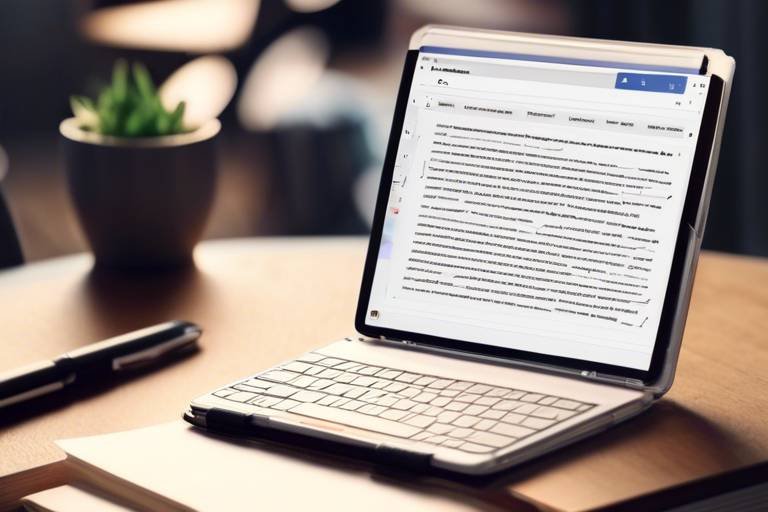How to Establish a Productive Routine with Work-from-Home Challenges
Working from home presents a unique set of challenges that can easily disrupt productivity and work-life balance. To navigate these obstacles successfully, it is essential to establish a structured routine that optimizes focus, efficiency, and well-being. By incorporating effective strategies and mindful practices into your daily schedule, you can create a productive work environment that fosters success and fulfillment.
One of the first steps in establishing a productive routine while working from home is designating a dedicated workspace. Setting up a specific area in your home solely for work helps create a boundary between personal and professional life, enhancing focus and productivity. By creating a physical separation, you signal to your brain that it's time to work, minimizing distractions and improving concentration.
Setting clear boundaries with family members or housemates is also crucial in maintaining a productive work-from-home routine. By communicating your work hours and establishing guidelines to minimize interruptions, you can create a conducive environment for focused work. Respect for your designated work time from those around you is essential for a seamless workflow and efficient task completion.
Creating a structured schedule is key to maintaining a healthy work-life balance and maximizing productivity. Developing a consistent daily timetable that includes designated work hours, breaks, and time for personal activities helps you stay organized and on track. By allocating specific time blocks for different tasks and activities, you can ensure that all aspects of your life receive the attention they deserve.
Utilizing time management techniques such as the Pomodoro Technique or time blocking can further enhance your productivity and focus. These strategies help you prioritize tasks, manage your time effectively, and maintain a high level of concentration throughout the day. By breaking your workday into manageable segments and incorporating regular breaks, you can optimize your workflow and prevent burnout.
Incorporating regular exercise into your daily routine is essential for boosting energy levels, reducing stress, and improving overall well-being. Physical activity not only enhances your physical health but also has a positive impact on your mental clarity and productivity. Whether it's a quick workout, a yoga session, or a short walk, staying active can significantly improve your work-from-home experience.
Practicing mindfulness and relaxation techniques can also play a crucial role in managing stress and enhancing focus during work-from-home days. Taking short breaks for meditation, deep breathing exercises, or mindfulness practices can help you reset your mind, increase mental clarity, and improve concentration. By incorporating these practices into your routine, you can cultivate a sense of calm and balance amidst a busy workday.
Engaging in virtual social interactions is another important aspect of maintaining motivation and combatting feelings of isolation while working from home. Staying connected with colleagues, friends, or online communities through video calls, virtual meetings, or social media platforms can help you feel supported, motivated, and connected. Building a sense of camaraderie and community, even in a remote setting, can significantly impact your overall well-being and work performance.
Reflecting on and adjusting your routine regularly is essential for adapting to evolving work-from-home challenges. Periodic self-assessment allows you to evaluate the effectiveness of your current schedule, identify areas for improvement, and make necessary adjustments. By staying flexible and open to change, you can continuously optimize your routine for maximum productivity and well-being.

Designating a Dedicated Workspace
When it comes to working from home, one of the key factors that can significantly impact your productivity is . Creating a specific area within your home solely for work purposes can make a world of difference in how efficiently you tackle your tasks. This dedicated workspace serves as a physical boundary that helps enhance focus and productivity by signaling to your brain that it's time to work.
Imagine your workspace as your own little oasis in the sea of distractions that is your home. By setting up a designated area, you are separating your personal and professional spaces, creating a mental barrier that allows you to fully immerse yourself in your work without the constant reminders of household chores or leisure activities.
Think of it as creating a mini office within your home, complete with all the tools and resources you need to get your work done efficiently. Whether it's a corner of your living room, a spare bedroom, or a cozy nook under the stairs, the key is to establish a space that is solely dedicated to work.
Having a designated workspace not only boosts your productivity but also helps in maintaining a healthy work-life balance. When you step into your workspace, you are mentally transitioning into work mode, and when you step out, you are signaling the end of the workday. This clear boundary between work and personal life is essential for maintaining focus and avoiding burnout in a remote work setup.
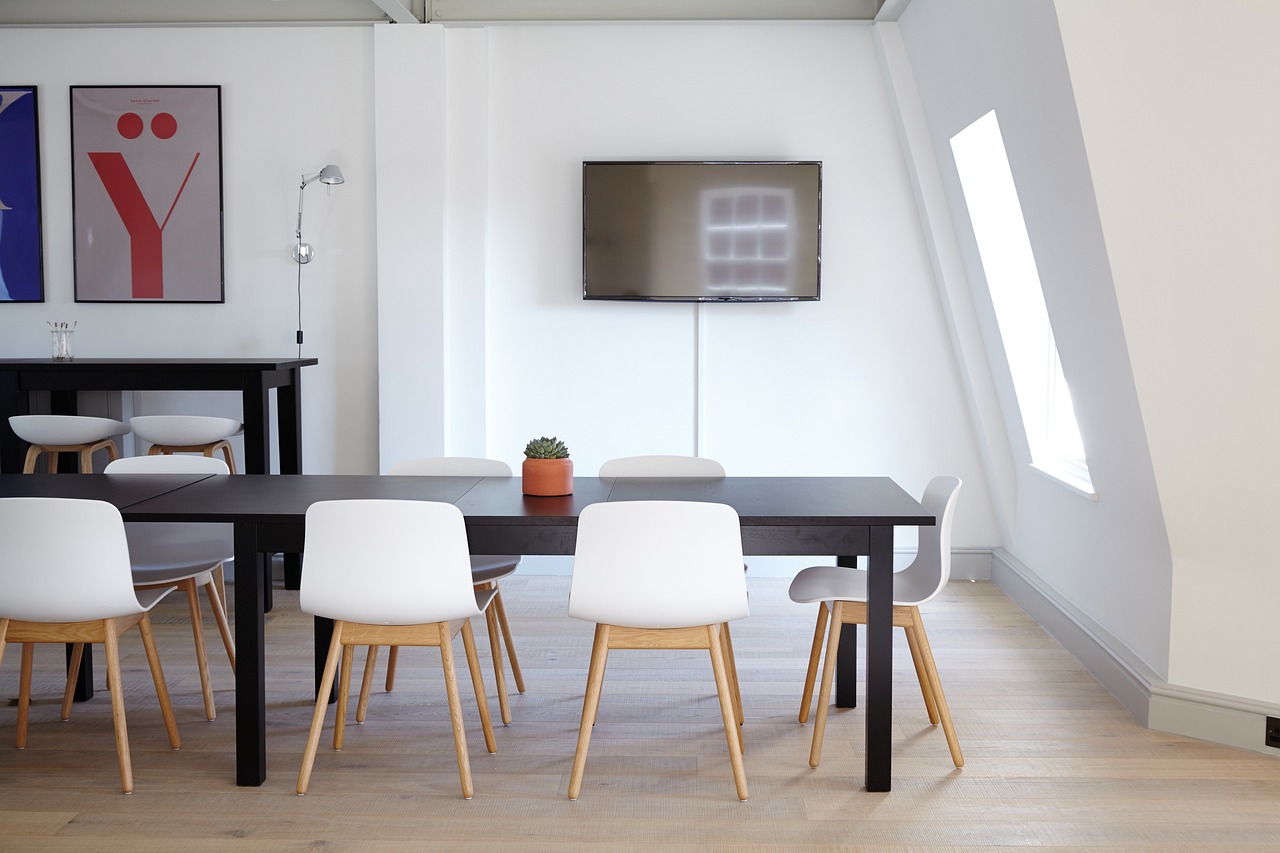
Setting Clear Boundaries
Setting clear boundaries is crucial when working from home to maintain a productive and focused environment. By establishing clear guidelines with family members or housemates, you can minimize distractions and interruptions during your work hours. This not only helps you stay on track with your tasks but also promotes a more efficient routine.
One effective way to set boundaries is by communicating your work schedule and expectations clearly to those around you. This could involve discussing when you need uninterrupted time for work, setting specific break times, and outlining how others can support your productivity.
Creating a physical barrier can also help delineate your workspace from shared areas in the home. Whether it's a separate room or a designated corner, having a specific area solely for work can signal to others that you are in "work mode" and should not be disturbed.
Additionally, setting boundaries extends to managing technology usage during work hours. By silencing non-essential notifications, turning off personal devices, or establishing specific times for checking emails and messages, you can minimize digital distractions that may hinder your workflow.
Remember, boundaries are not just about saying "no" to distractions but also about creating a positive work environment that supports your focus and productivity. By setting clear boundaries, you can effectively balance your personal life with your professional responsibilities while working from home.

Creating a Structured Schedule
Tips and strategies for creating an effective daily schedule while navigating the unique obstacles presented by remote work environments.
The importance of setting up a specific area in your home solely for work to enhance focus and productivity, separating personal and professional spaces.
Establishing clear guidelines with family members or housemates to minimize distractions and interruptions during work hours, promoting a more efficient routine.
Developing a consistent daily timetable that includes designated work hours, breaks, and time for personal activities to maintain a healthy work-life balance.
Implementing strategies such as the Pomodoro Technique or time blocking to enhance productivity, prioritize tasks, and maintain focus throughout the day.
Highlighting the benefits of physical activity in boosting energy levels, reducing stress, and improving overall well-being, contributing to a more productive work routine.
Exploring mindfulness techniques, meditation, or deep breathing exercises to manage stress, increase mental clarity, and enhance concentration during work-from-home days.
Suggestions for staying connected with colleagues, friends, or online communities to combat feelings of isolation, maintain motivation, and foster a sense of camaraderie.
Encouraging periodic self-assessment to evaluate the effectiveness of your current routine, make necessary adjustments, and adapt to evolving work-from-home challenges.
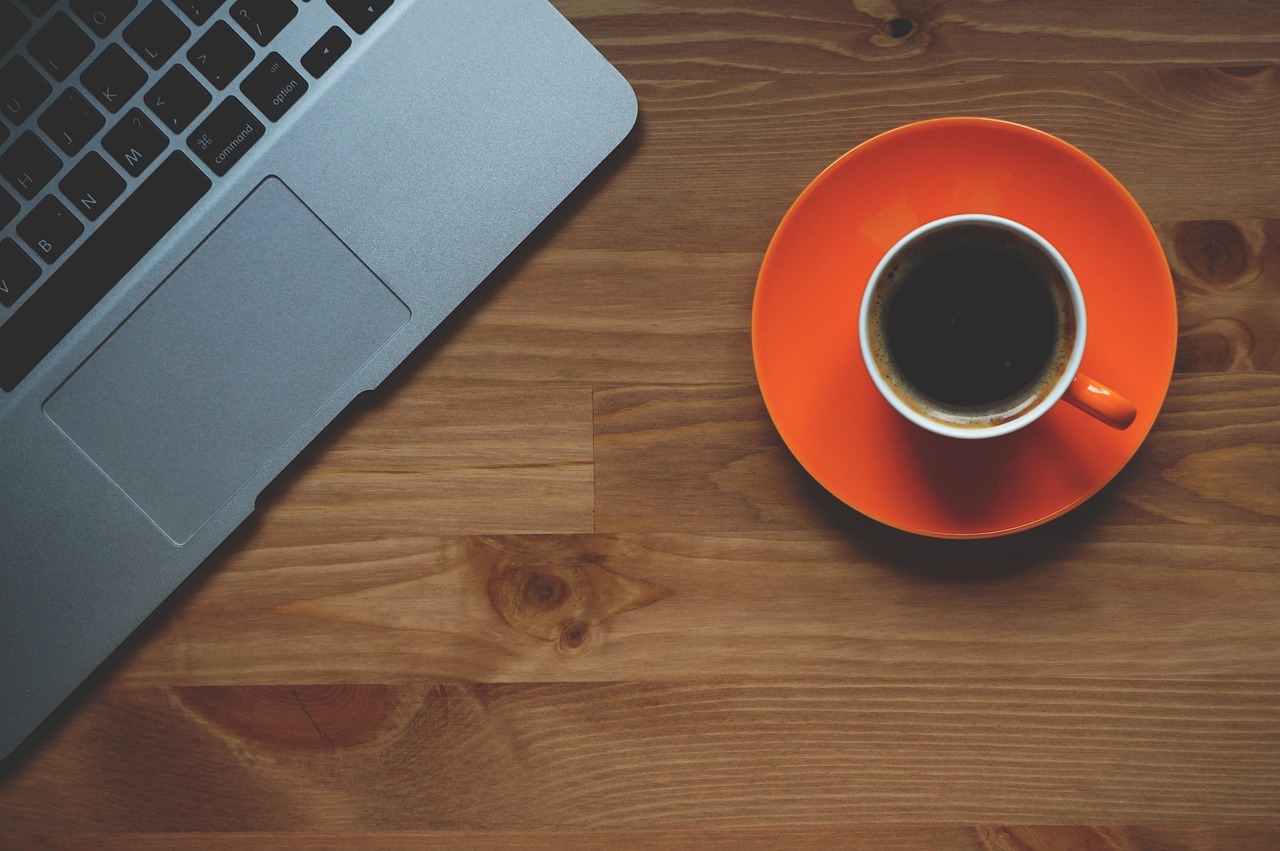
Utilizing Time Management Techniques
When it comes to working from home, effective time management techniques play a crucial role in maintaining productivity and focus throughout the day. One popular method that many remote workers swear by is the Pomodoro Technique, which involves breaking down work into intervals separated by short breaks. This technique not only helps in managing time more efficiently but also aids in combating distractions and procrastination.
Another valuable time management strategy is time blocking, where you allocate specific time slots for different tasks or activities. By creating a structured schedule that outlines when each task will be completed, you can prioritize effectively and ensure that important projects receive the attention they deserve. This method can also prevent tasks from spilling over into personal time, promoting a better work-life balance.
Furthermore, utilizing digital tools and apps designed for time management can streamline your workflow and enhance productivity. From project management platforms to calendar applications, these tools can assist in organizing tasks, setting reminders, and tracking progress. By harnessing the power of technology, you can optimize your time usage and stay on top of deadlines with ease.
It's essential to remember that effective time management is not just about maximizing work hours but also about incorporating adequate breaks and downtime. Research has shown that taking regular short breaks can improve focus and prevent burnout, ultimately leading to higher productivity levels. By balancing focused work sessions with moments of rest and relaxation, you can sustain your energy and creativity throughout the day.
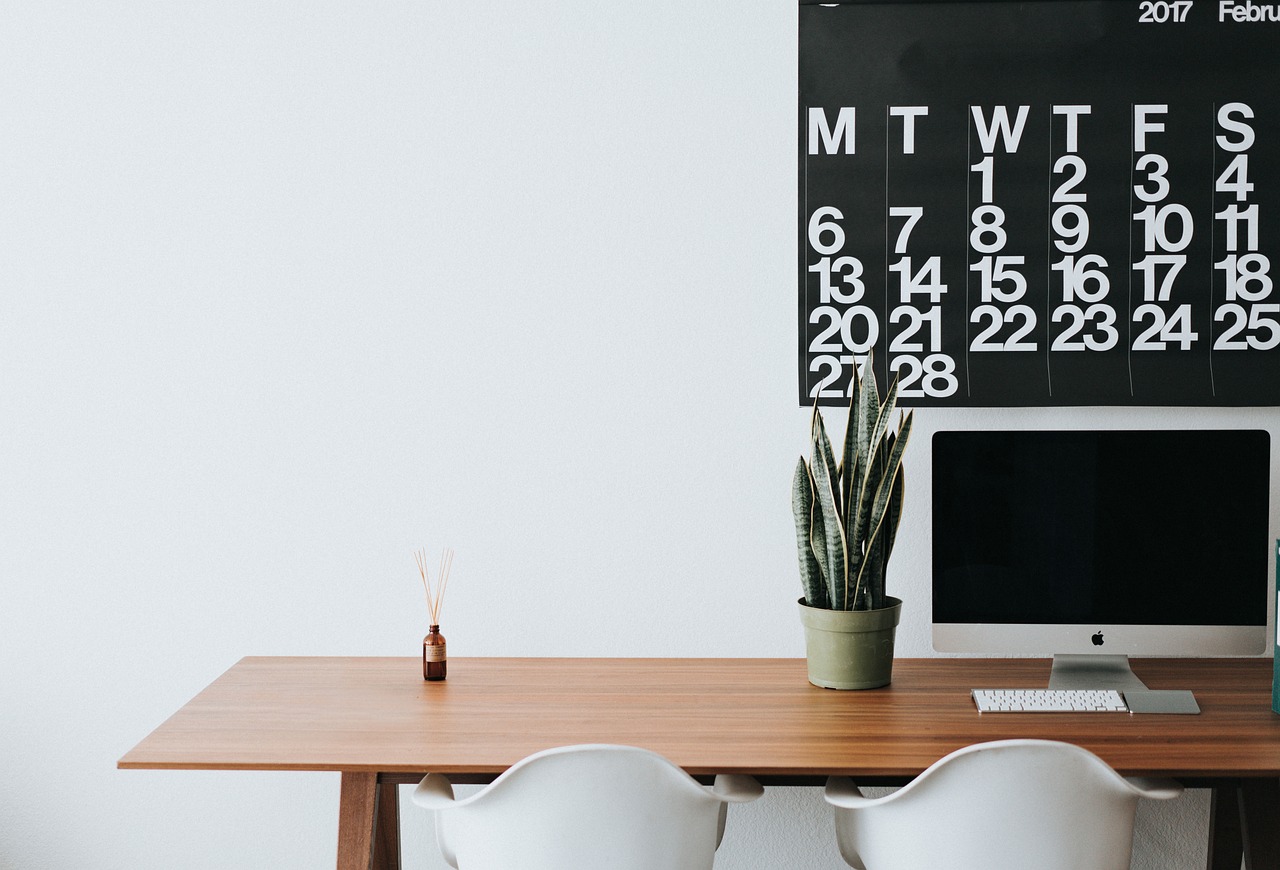
Incorporating Regular Exercise
Regular exercise is not just about physical fitness; it is a crucial component of a productive work-from-home routine. Incorporating regular physical activity into your daily schedule can have a profound impact on your overall well-being and work performance. By engaging in exercises such as brisk walks, yoga sessions, or quick home workouts, you can boost your energy levels, enhance your focus, and reduce stress levels.
When you prioritize regular exercise, you are not only investing in your physical health but also in your mental and emotional resilience. Physical activity has been shown to release endorphins, the feel-good hormones, which can help elevate your mood and combat feelings of lethargy or burnout that may arise from prolonged periods of sitting at a desk.
Moreover, incorporating exercise breaks into your workday can serve as a powerful reset button for your mind. Stepping away from your computer screen to stretch, move your body, and get your blood flowing can revitalize your concentration and creativity, allowing you to return to your tasks with renewed vigor and clarity.
Consider scheduling short exercise sessions throughout your day to break up long periods of sedentary work. Whether it's a 10-minute yoga flow in the morning, a brisk walk during your lunch break, or a set of bodyweight exercises in the afternoon, find moments to move your body and re-energize yourself. Not only will this benefit your physical health, but it will also enhance your cognitive function and productivity.

Practicing Mindfulness and Relaxation
Mindfulness and relaxation are crucial components of maintaining mental well-being and focus while working from home. By incorporating mindfulness techniques into your daily routine, you can effectively manage stress, increase mental clarity, and enhance concentration during work hours. Practices such as meditation, deep breathing exercises, or mindful awareness can help center your mind and create a sense of calm amidst the chaos of remote work.
Imagine your mind as a garden, constantly bombarded by distractions and stressors. Mindfulness acts as the gardener, tending to the garden of your thoughts and emotions, allowing you to cultivate a peaceful and focused mental landscape. Taking short breaks throughout the day to practice mindfulness can rejuvenate your mind and improve your overall productivity.
In addition to mindfulness, relaxation techniques play a vital role in combating the pressures of remote work. Engaging in activities that promote relaxation, such as listening to calming music, taking a short walk, or practicing gentle stretching exercises, can help alleviate tension and refresh your mind.
Creating a designated relaxation space in your home where you can unwind and recharge is also beneficial. This area should be free from work-related distractions and serve as a sanctuary for relaxation and mental rejuvenation. By prioritizing mindfulness and relaxation in your daily routine, you can enhance your overall well-being and productivity while navigating the challenges of working from home.
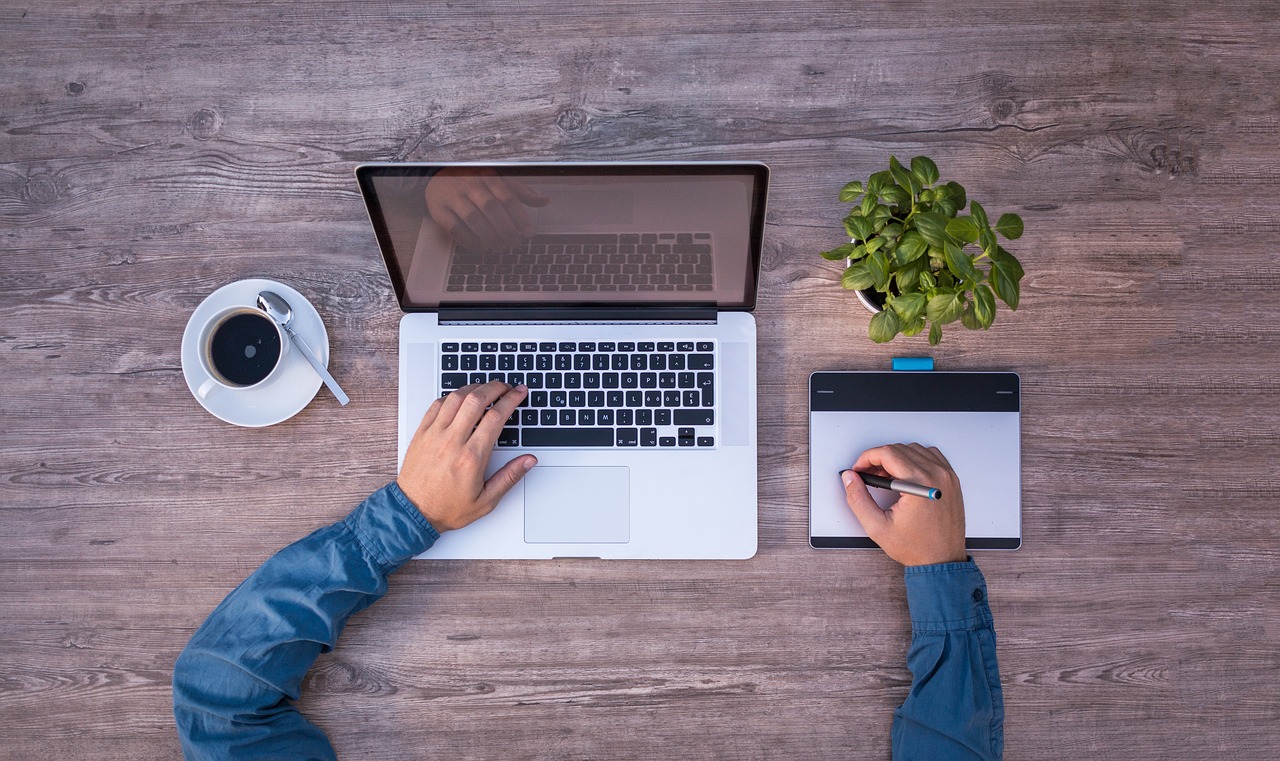
Engaging in Virtual Social Interactions
Engaging in Virtual Social Interactions is crucial for maintaining a sense of connection and camaraderie while working remotely. In today's digital age, staying in touch with colleagues, friends, and online communities is easier than ever. By leveraging various virtual platforms and communication tools, individuals can combat feelings of isolation and foster meaningful relationships even from a distance.
One effective way to engage in virtual social interactions is through video calls and virtual meetings. Platforms like Zoom, Microsoft Teams, or Skype allow for face-to-face conversations, enabling a more personal and interactive experience. By scheduling regular virtual coffee breaks or team catch-ups, you can simulate the social dynamics of an office environment and strengthen relationships with your peers.
Additionally, participating in online forums, group chats, or social media communities related to your industry or interests can provide a sense of belonging and support. Sharing ideas, asking for advice, or simply engaging in casual conversations with like-minded individuals can help alleviate feelings of professional isolation and boost motivation.
Virtual networking events and webinars offer opportunities to expand your professional network and stay informed about industry trends. By attending virtual conferences or workshops, you can connect with professionals from around the world, exchange knowledge, and build valuable relationships that may lead to future collaborations or career opportunities.
Remember that virtual social interactions should not be limited to work-related discussions. It's essential to also engage in casual conversations, share personal anecdotes, and show genuine interest in the well-being of your virtual connections. By nurturing authentic relationships and supporting each other beyond work tasks, you can create a sense of community and mutual respect in the digital realm.

Reflecting and Adjusting Your Routine
Reflecting and adjusting your routine is a crucial aspect of optimizing your productivity while working from home. By regularly evaluating your current schedule and habits, you can identify areas that may need improvement and make necessary adjustments to enhance your overall efficiency and well-being.
One effective way to reflect on your routine is to keep a journal or log of your daily activities. This can help you track how you spend your time, identify patterns of productivity or procrastination, and pinpoint areas where you may be able to make changes for better results.
Additionally, seeking feedback from colleagues or peers who also work remotely can provide valuable insights into alternative strategies or approaches that have worked well for others. Collaboration and sharing experiences can offer fresh perspectives and innovative ideas for refining your own work-from-home routine.
When adjusting your routine, it's important to be flexible and open to trying new methods. Experiment with different time management techniques, such as setting specific goals for each day or prioritizing tasks based on urgency and importance. Adapting to feedback and continuously seeking ways to optimize your workflow can lead to increased productivity and satisfaction with your remote work setup.
Remember that reflecting and adjusting your routine is an ongoing process. As work-from-home challenges evolve and your personal circumstances change, regularly revisiting and fine-tuning your daily schedule can help you stay adaptable, resilient, and successful in managing your professional responsibilities from the comfort of your own home.
Frequently Asked Questions
- What are the benefits of designating a dedicated workspace?
Creating a specific area for work helps enhance focus and productivity by mentally separating personal and professional spaces. It also signals to others that you are in work mode, reducing distractions.
- How can setting clear boundaries improve my work-from-home routine?
Establishing guidelines with family members or housemates minimizes interruptions during work hours, allowing for a more efficient workflow. Clear boundaries help maintain a professional atmosphere and promote better concentration.
- Why is creating a structured schedule important for remote work?
Developing a consistent daily timetable with designated work hours, breaks, and personal time fosters a healthy work-life balance. A structured schedule helps in prioritizing tasks, managing time effectively, and reducing decision fatigue.
- What are some effective time management techniques for remote workers?
Implementing strategies like the Pomodoro Technique or time blocking can boost productivity, improve focus, and prevent burnout. These techniques help in organizing tasks, setting priorities, and staying on track throughout the day.
- How does regular exercise contribute to a productive work routine?
Engaging in physical activity boosts energy levels, reduces stress, and enhances overall well-being, leading to increased productivity and mental clarity. Incorporating exercise into your routine can improve focus and creativity.
- What role does mindfulness play in enhancing remote work performance?
Practicing mindfulness techniques such as meditation or deep breathing exercises can help manage stress, improve concentration, and promote a calm mindset. Mindfulness practices contribute to better decision-making and emotional regulation.
- How can virtual social interactions benefit remote workers?
Staying connected with colleagues, friends, or online communities combats feelings of isolation, boosts motivation, and fosters a sense of belonging. Virtual social interactions provide opportunities for collaboration, support, and networking.
- Why is it important to reflect and adjust your work routine regularly?
Periodic self-assessment allows you to evaluate the effectiveness of your routine, identify areas for improvement, and adapt to changing work-from-home challenges. Reflecting on your habits and making adjustments helps in maintaining productivity and well-being.











